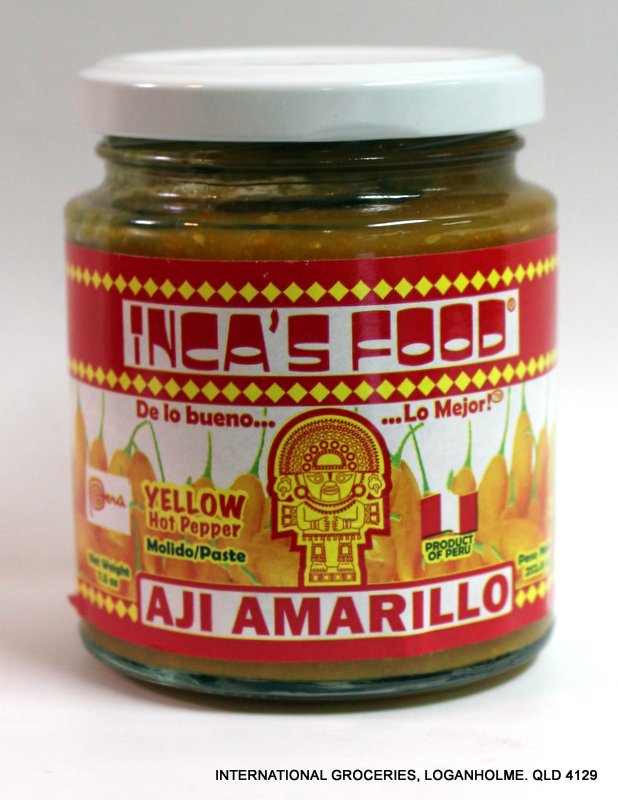

It is also a big source of vitamin A, vitamin B6, vitamin C, iron, magnesium and potassium. One of its main ingredients, capsaicin, is used to elaborate painkillers. Some people combine both types of ají to get particular flavors in their dishes.Īpart from its delicious taste, ají amarillo has great medicinal properties. The taste becomes less spicy but more strong. Ají amarillo has white seeds and can be presented in two forms:įresh Ají Amarillo : It gathers most of its natural moist and this is the most used kind of ají amarillo in Peruvian cuisine.Ījí Mirasol: This is the name given to ají amarillo when you let it dry out in the sun. It has a conic large shape of around 3 ½” and starts off as being bright green, when it’s ripe it turns a bright orange-yellowish tone. But wait… what is ají amarillo?Ījí amarillo, also known in english as Peruvian Yellow Chilli or Peruvian Chile Pepper, its a fruit from the Capsicum family a domestic kind grown mainly in Perú and Bolivia. Presented in many ways and cooked in many forms, ají amarillo has given Peruvian gastronomy its characteristic flavor. It’s fascinating how a simple ingredient can become the main star of relatively any major dish in Peruvian cuisine. Even then it was so precious that it was gifted to gods in religious ceremonies and it was considered a sacred symbol. Among these treasures we can find the super popular ají amarillo this fruit has been grown in Peruvian cultures for the last 8,000 years.

It’s no secret that Peruvian cuisine holds some of the biggest treasures, ready to be cooked and eaten.


 0 kommentar(er)
0 kommentar(er)
